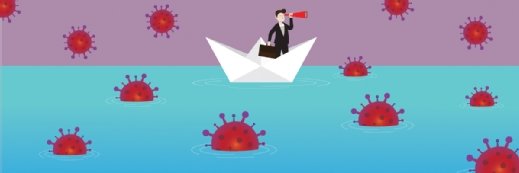
tippapatt - stock.adobe.com
UC San Diego to Develop Dengue Fever, Infectious Disease Risk Platform
UC San Diego and New Light Technologies Inc. have teamed up to develop an infectious disease risk platform to predict spikes of dengue fever.
Researchers from the University of California, San Diego (UC San Diego) and New Light Technologies Inc. (NLT) announced a partnership to develop an infectious disease risk platform designed to serve as a data-driven prediction tool to forecast imminent spikes in dengue fever across Latin America.
Dengue fever is a mosquito-borne illness that occurs in tropical and subtropical areas of the world. It is most common in Southeast Asia, the western Pacific islands, Latin America, and Africa. However, according to the Mayo Clinic, the disease has spread to other areas, including Europe and southern parts of the United States.
The World Health Organization reports that about half the world’s population is now at risk for dengue fever, and approximately 500 million people in the Americas are at risk, according to the Pan American Health Organization. The disease has a seasonal pattern that corresponds to the warmer, rainy months in the northern and southern hemispheres.
The press release states that the rapid spread of dengue is due, in part, to anthropogenic activities and climate change, making risk prediction for infectious diseases like dengue vital to reduce transmission. Some research examining the relationship between environmental changes and human health has already found the two to be significantly correlated, with one analysis revealing that 58 percent of infectious diseases were exacerbated by climate change.
To provide effective monitoring and prediction of dengue, the UC San Diego School of Global Policy and Strategy is working with NLT to create a data analytics platform that will leverage spatial and temporal patterns of historical, current, and forecasted dengue fever outbreaks.
According to the press release, the platform, which will be publicly accessible online, will generate data to provide health services with a preemptive warning of a likely imminent spike in dengue incidence rate and help with proactive resource allocation for disease prevention, monitoring, testing, and treatment.
To generate these data, the platform will rely on a novel climatological-socio-economic ensemble artificial intelligence (AI) model developed by UNICEF and the European Space Agency (ESA). The press release states that the model will utilize climate factors accessed via satellite data from Google Earth Engine and The Copernicus Climate Change Service.
Researchers from UC San Diego posit that the use of AI to predict infectious disease outbreaks, their distribution, and their potential impacts on various populations has the potential to provide governing bodies in at-risk regions with critical information to reduce transmission and improve patient care. Stakeholders also hope that the platform will highlight key climate factors responsible for triggering disease transmission and influence positive climate-focused policy change.
"It is critical that in addition to predicting and tracking Dengue outbreaks, we also provide health program needs (commodities, personnel) and projected costs based on disease risk projections in order to assist decision-making of prevention and control interventions," said Gabriel Carrasco-Escobar, a doctoral student at UC San Diego involved in the project, in the press release.
The platform will offer a geospatial display, tabular data, and summary statistics of case data from Latin America, but may potentially be expanded to other countries and regions.





